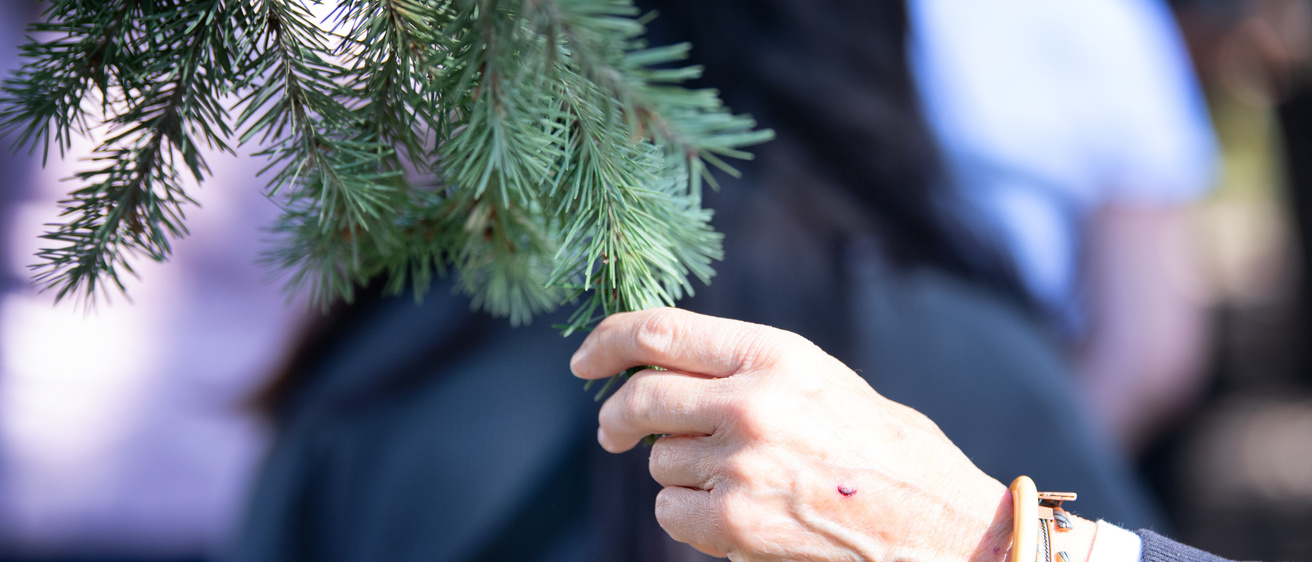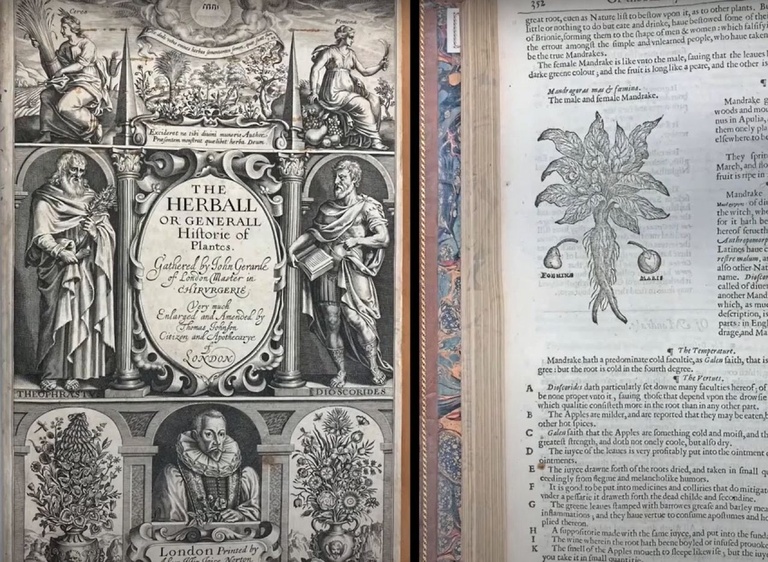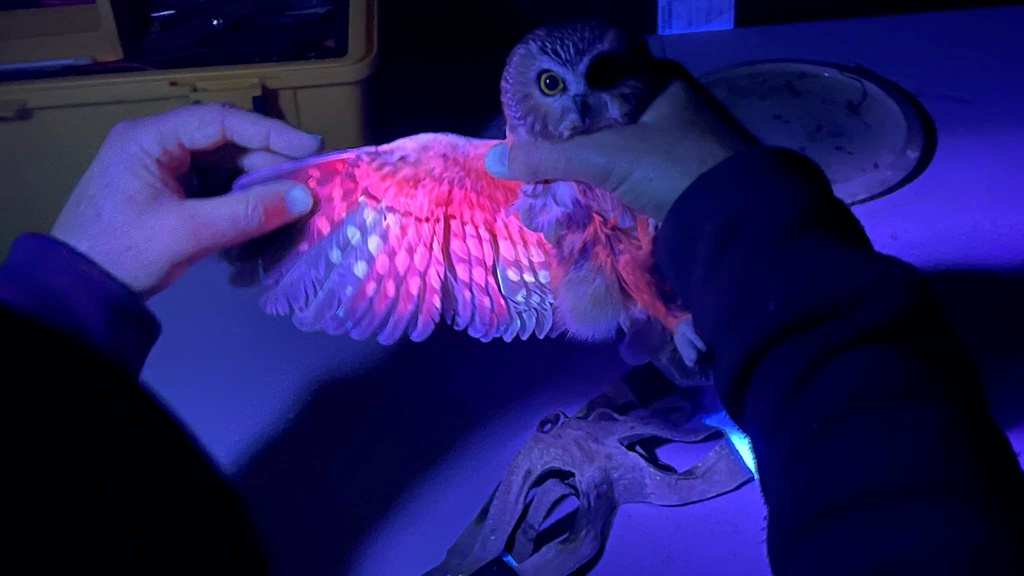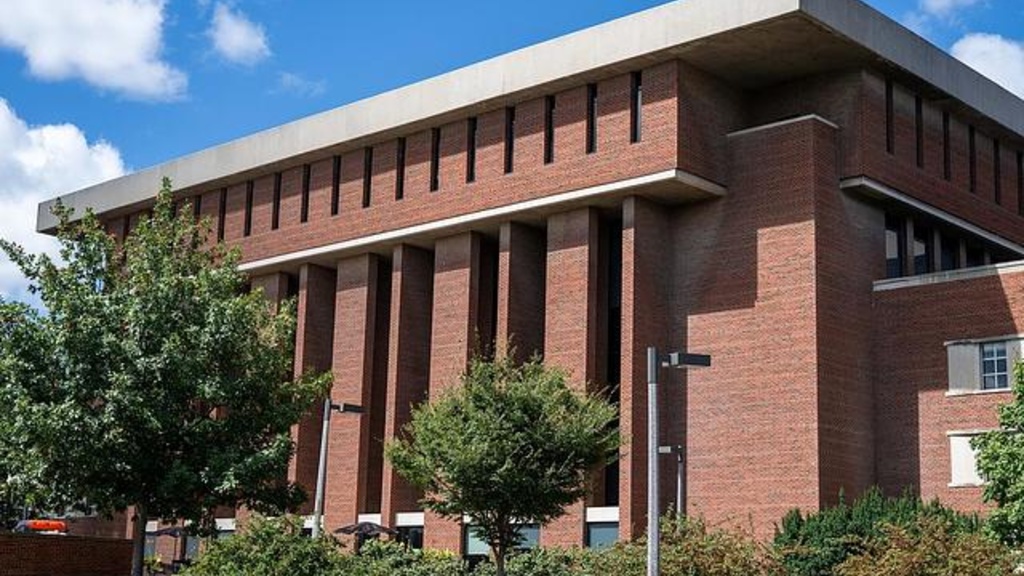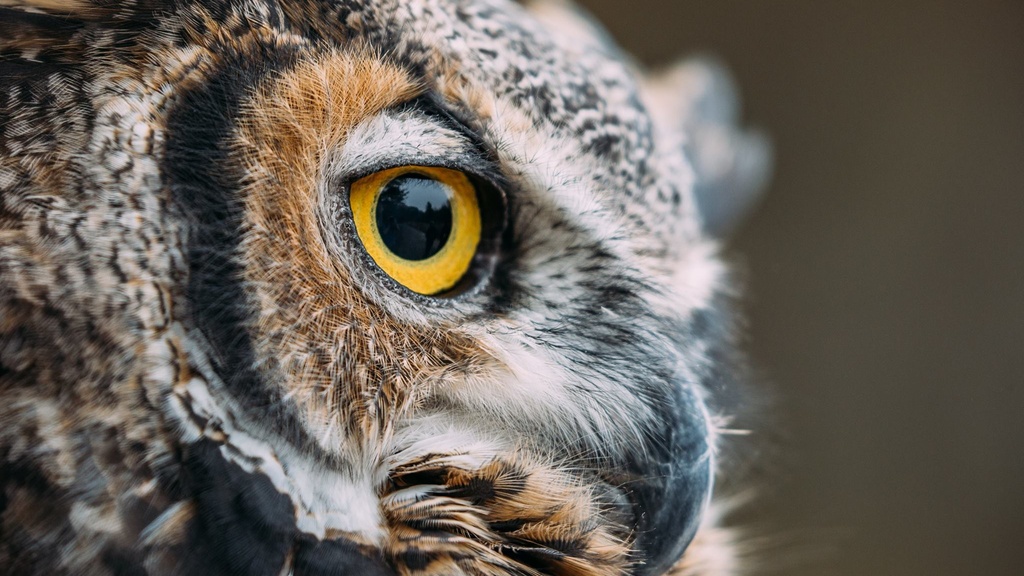At the intersection of Iowa City's downtown, the Sciences Library, Biology Building, and Phillips Hall, is the Biology Building Courtyard – it is a junction of multiple University of Iowa departments as well as the Iowa City community. This open green space, currently under utility construction, holds great potential as a study space, gathering place, and living lab.
Living Lab Features
Below are some of the special features of this living lab that offer unique teaching, learning, and research opportunities.
For Instructors:
This living lab provides a valuable resource for instructors at the University of Iowa and beyond to enhance their educational objectives. Our team has identified specific connections to a diverse array of academic disciplines. Instructors are encouraged to bring their students to the site to engage with these curricular linkages firsthand, fostering experiential learning. Additionally, students are invited to utilize the space for research and exploration, allowing them to deepen their understanding of the interplay between nature and their field of study.
Curricular Connections
Historical, Cultural, and Museum Studies
Research how the native plants in this space have historically been used by people.
Practice collecting and pressing herbarium specimens as well as documenting precise localities with detailed information.
Biology & Ecology
Use the phylogenetic tree bench as a learning tool to visualize evolutionary histories of species/taxa.
Collect plant parts to create microscope thin sections and observe cell structures and arrangements.
Fine Arts & Creative Writing
Workshop photographing plants in a variety of lighting and shadows that the courtyard provides.
Practice landscape drawing including both urban and natural elements.
Geography
- Use the historical imagery feature in Google Earth to look at how the courtyard and its surroundings have changed as well as how the imagery has improved through the years.
- Conduct a spatial analysis of the Biology Courtyard, mapping land-use zones (e.g. lawn, planting beds, pavement) and microhabitats (shaded areas, planting density, moisture zones), then analyze how these spatial patterns influence biodiversity and ecosystem services.
Communications, Media, Marketing
Consider all the stakeholders that are necessary to designing, maintaining, and using a space such as the Biology Building Courtyard and how to best connect all the channels of communication.
Design an event to be hosted in the courtyard.
Public Policy, Sustainability, Urban Planning
Reflect on how a natural space by the Iowa City Downtown District improves the community.
Develop a policy proposal advocating for the expansion and integration of green infrastructure in small urban spaces like the Biology Courtyard across the University of Iowa campus.
Analyze how having multipurpose greenspaces on campus such as courtyards can support sustainability goals such as urban cooling, stormwater management, biodiversity enhancement, and student well-being and retention.
Engineering
Brainstorm and draft design ideas that enhance the courtyard as both a classroom and a natural space.
Do a site visit and assess its layout and features to identify the best spot to construct a rain garden.
Education
- Create a lesson plan using the unique features of the courtyard.
- Identify features in the courtyard that enable student interaction and collaborative learning.
Assignment Development
Discussion Questions
- What barriers exist to successful teaching and learning in an outdoor space? Why is learning outdoors worthwhile?
- If an equipment checkout system was set up to use in the Biology Courtyard, what would be useful items to provide?
Interpretive Prompts
Look at the features of the courtyard and consider the pedagogical methods that could be employed to teach a class within the space. What does this space offer for learning that a classic classroom does not? What does it offer for learning that being in a fully natural space does not?
Sit and listen to the sounds of the space. What sounds are coming from downtown? What sounds are coming from nature? Which sounds are passing through and which are sticking around? Write about it.
Observe how people interact with the courtyard. Analyze the features of this space and identify the ones that are most effective at involving community members. Why are they appealing? What other locations in Iowa City could these features be implemented?
Analysis Prompts
Create a biodiversity monitoring and reporting framework for the Biology Courtyard that could feed into the university’s STARS rating or similar sustainability reporting platforms. This will help establish biodiversity as a measurable campus sustainability indicator and create recommendations for how the University of Iowa could formally track biodiversity on campus, starting with small sites like courtyards and expanding to larger spaces.
Using the USDA soil classification scheme, what type of soil is present in the “native _______ planting/garden”?
How does this compare to the soil conditions that these plants would be expected to be found in naturally/historically?
What are the properties of this soil type? [drainage, strength, cohesion, angle of repose]
Using a Munsell Soil Color Chart, what is the color of the soil?
If this was a naturally developed soil, which horizon would this color likely be associated with?
Classify each plant -
Vascular or nonvascular?
If nonvascular (a bryophyte) -
Is it a liverwort, hornwort, or moss?
If vascular,
Is it spore-producing: a pteridophyte or seed-producing: a spermatophyte? (Can you tell the mode of reproduction in this stage? Are there other ways to ID the difference?
If it’s a pteridophyte,
Is it a club moss, horsetail, or fern?
If it’s a spermatophyte,
Is it flowering: an angiosperm or non-flowering: a gymnosperm?
If it’s an angiosperm,
Is it a monocot or eudicot?
If it’s a gymnosperm,
Is it a cycad, conifer, or ginkgo?
Testimonials

"Our environmental engineering students gained valuable experience through their partnership with the Living Labs Working Group. The Biology Courtyard project provided a meaningful opportunity to contribute to efforts that support Iowa’s people, infrastructure, and environment."

“I am excited about this project and that this space, which has so much potential but currently is not inviting, is going to be transformed.”
Biology Courtyard Stakeholders
Click below to search a directory of caretakers, researchers, stakeholders, and people involved with Biology Courtyard Living Laboratory.


